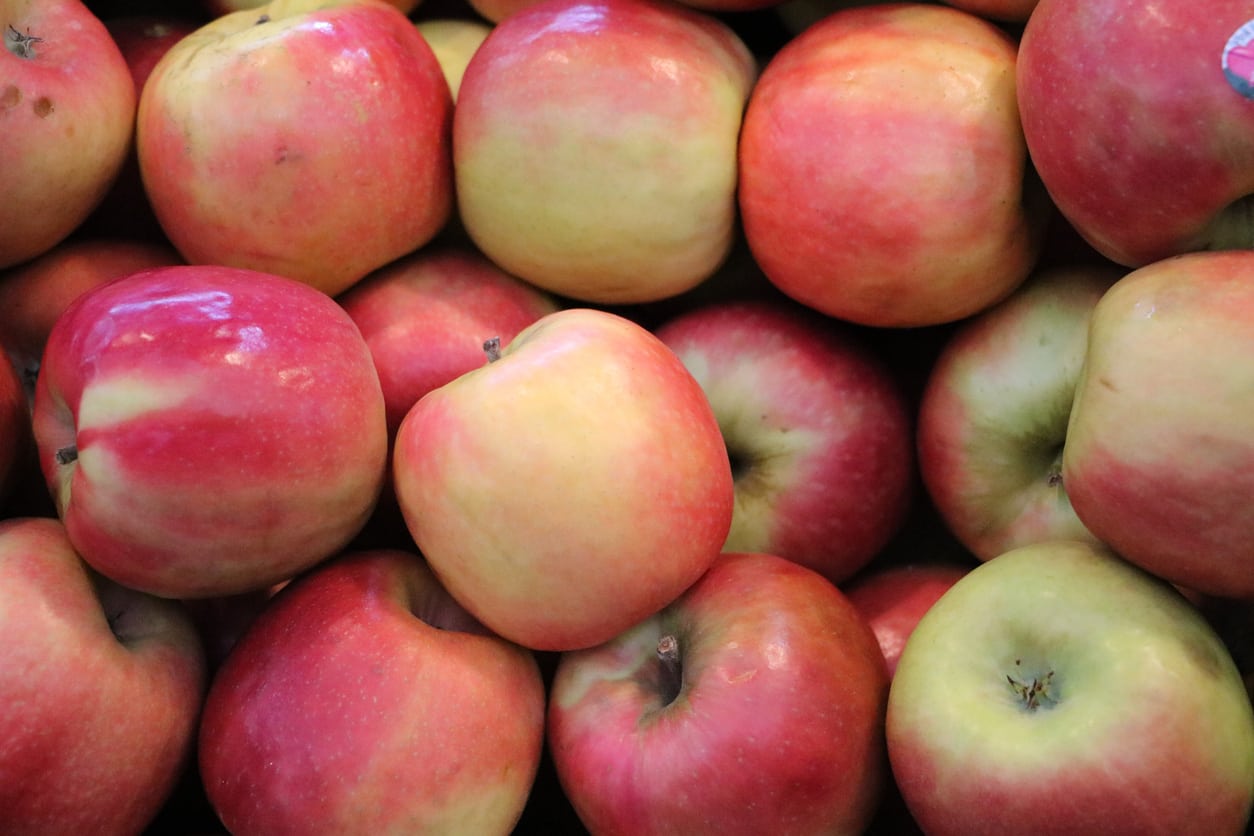Pink Lady Apple Info – Learn How To Grow A Pink Lady Apple Tree


Pink Lady apples, also known as Cripps apples, are very popular commercial fruits that can be found in just about any grocery store produce section. But what’s the story behind the name? And, more importantly, for the avid apple growers, how do you grow your own? Keep reading to learn more Pink Lady apple info.
What’s in a Name - Pink Lady vs. Cripps
The apples that we know as Pink Lady were first developed in Australia in 1973 by John Cripps, who crossed a Golden Delicious tree with a Lady Williams. The result was a shockingly pink apple with a distinctly tart but sweet flavor, and it began being sold in Australia in 1989 under the trademarked name Cripps Pink. In fact, it was the very first trademarked apple. The apple quickly made its way to America, where it was trademarked again, this time with the name Pink Lady. In the U.S., the apples must meet specific standards including color, sugar content, and firmness in order to be marketed under the Pink Lady name. And when growers buy trees, they have to obtain a license to be able to use the Pink Lady name at all.
What are Pink Lady Apples?
The Pink Lady apples themselves are unique, with a distinctive pink blush over a yellow or green base. The flavor is often described as simultaneously tart and sweet. The trees are famously slow to develop fruit, and because of this, they are not as frequently grown in the U.S. as other apples. In fact, they most often appear in American stores in the middle of winter, when they are ripe for the picking in the Southern Hemisphere.
How to Grow a Pink Lady Apple Tree
Pink Lady apple growing is not ideal for every climate. The trees take about 200 days to reach harvest time, and they grow best in hot weather. Because of this, they can be nearly impossible to grow in climates with late spring frosts and mild summers. They are most commonly grown in their native Australia. The trees are somewhat high maintenance, not least of all because of the standards that must be met to sell under the Pink Lady name. The trees are also prone to fire blight and must be watered regularly during periods of drought. If you have hot, long summers, however, Pink Lady or Cripps Pink apples are a delicious and hardy choice that ought to thrive in your climate.
Sign up for the Gardening Know How newsletter today and receive a free copy of our e-book "How to Grow Delicious Tomatoes".

The only child of a horticulturist and an English teacher, Liz Baessler was destined to become a gardening editor. She has been with Gardening Know how since 2015, and a Senior Editor since 2020. She holds a BA in English from Brandeis University and an MA in English from the University of Geneva, Switzerland. After years of gardening in containers and community garden plots, she finally has a backyard of her own, which she is systematically filling with vegetables and flowers.